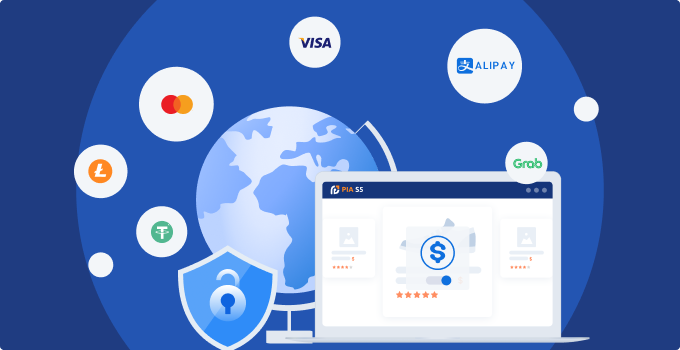
What is the difference between rotating proxy and sticky proxy?

Proxy cannot connect? 5 effective ways to quickly fix the problem

HTTP(s) Proxy vs. SOCKS Proxy: How They Are Different

Common HTTP Proxy Error Codes and Their Solutions

How to effectively bypass CAPTCHA verification: A comprehensive guide

How to fully utilize the power of HTTP proxy

How to set request headers and request parameters in curl: detailed configuration method

How to Migrate from HTTP to HTTPS: Detailed Steps and Best Practices

Comparing the security of HTTP and HTTPS: Preventing man-in-the-middle attacks and data tampering

Enterprise-level solution, building an efficient and stable HTTP proxy server

How HTTPS protocol works: Detailed explanation of encryption, authentication and data integrity

How Targeted HTTP Proxy Helps Enterprise Network Management and Control

In-depth analysis of the performance and privacy protection capabilities of HTTP and HTTPS proxies

How to Choose the Most Secure HTTP Proxy Server

Understanding Subnet Masks: A Beginner's Guide to IP and Subnetting

Dynamic IP: A Weapon Against Network Bans

Comprehensive Analysis of the Security and Reliability of PIA Proxy Host

How to achieve efficient crawler management through HTTP proxy

How to Choose the Best Proxy Server: Protect Your Network Security

How to prevent Amazon account IP association?

Internet Security Essentials: Best HTTP Proxy List Guide

How to use IP in different industries

Analysis of the acquisition channels and update frequency of free proxy resources

HTTP Proxy Setup Guide: From Beginner to Master

How to use HTTP proxy to improve privacy

In-depth comparison: the role and impact of SSL proxy in HTTPS proxy

HTTP Speed Bottleneck: The Truth About Network Latency

Revealing HTTPS Proxy IP: The Secret Weapon of TikTok Content Management

Why do web crawlers use HTTP proxies extensively?

Why do web crawlers need HTTP proxies?

We couldn't find any blog, try another keyword

































































